Twitter hasn’t always been known for good storytelling. Things like the smaller character limit meant that Twitter wasn’t really a place you could easily tell stories. You could write the story on a graphic but this wasn’t accessible for screen readers and long posts one after the other were frowned upon. These Twitter ‘storms’ were just spam. Since Twitter introduced the increased character limit and made it easier for tweets to be linked, Twitter threads have become more of a thing. Telling stories via multiple tweets has become a wholly unique way to tell a story and knowing how to write a good Twitter thread has become more important.
One account which knows how to tell a good story via a thread is @theMERL, The Museum of English Rural Life who use their account to educate people about their work and the history of farming life with humour and a huge amount of personality. They have a real gift for telling stories in a way that really engages their audience and there’s lots that can be learned from them. To show you how to make the most out of your Twitter thread stories, I’m going to break down a recent thread of theirs, where they told a story in just 14 tweets:
The Introduction
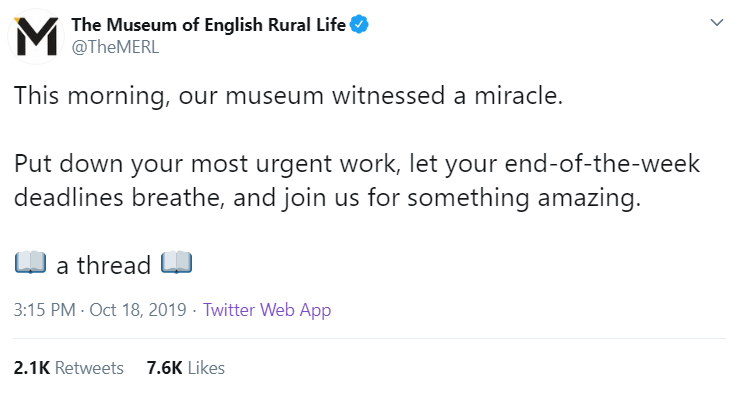
This is a perfect introduction. It adds an air of mystery, piques your interest, and creates intrigue. You don’t know what this story is about yet but you want to know. The other important thing they do is tell you it’s a thread so you know there’s more to read. It encourages you to click.
The Context
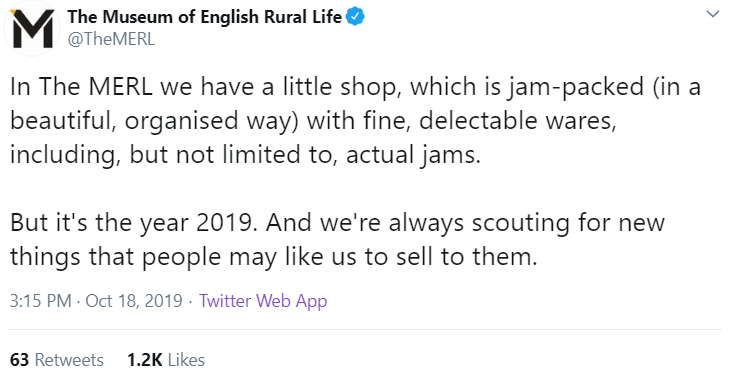
Next thing they do is add a little context to the story. They tell you where the story takes place and really set the scene. They’ve made the sometimes less interesting scene-setting engaging with a little bit of humour.
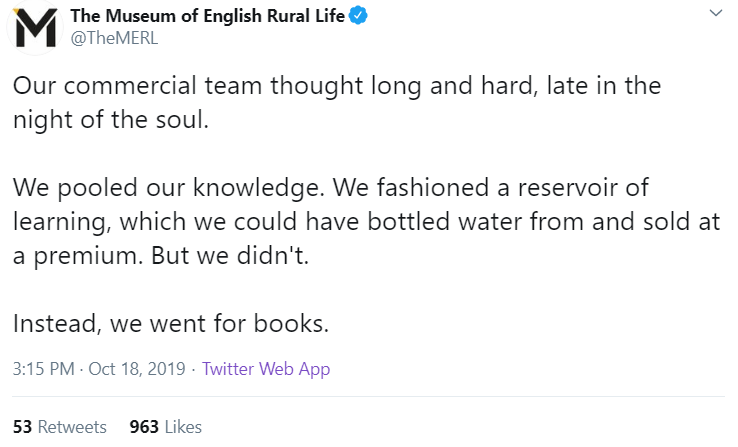
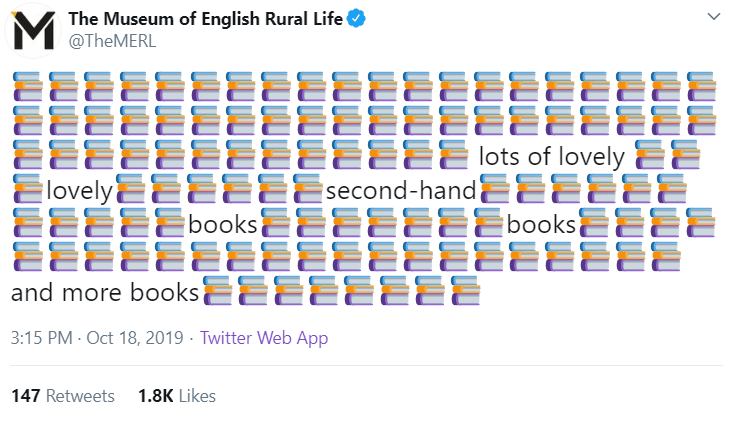
They also know they don’t have to use up all 280 characters in each tweet and sometimes pictures tell the story better than words. For example, this use of emojis splitting up the words changes how you read the words and with it, your relationship to the story. It’s about telling the story right, not just blurting everything out in one go. Again, it’s teasing the reader, continuing to pique their interest. Knowing where to start and end each tweet is important, just as important as knowing how to start and end a chapter of a novel.
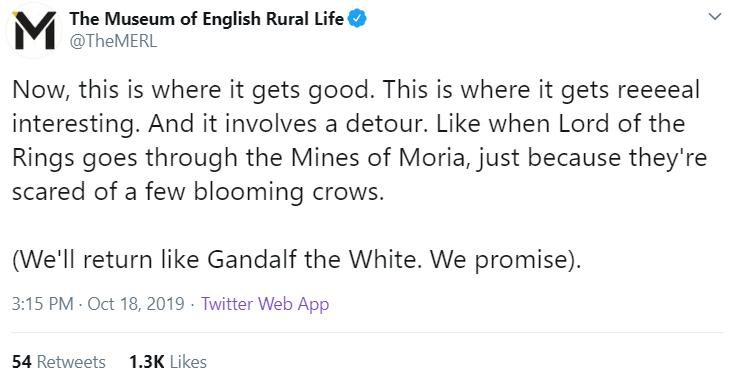
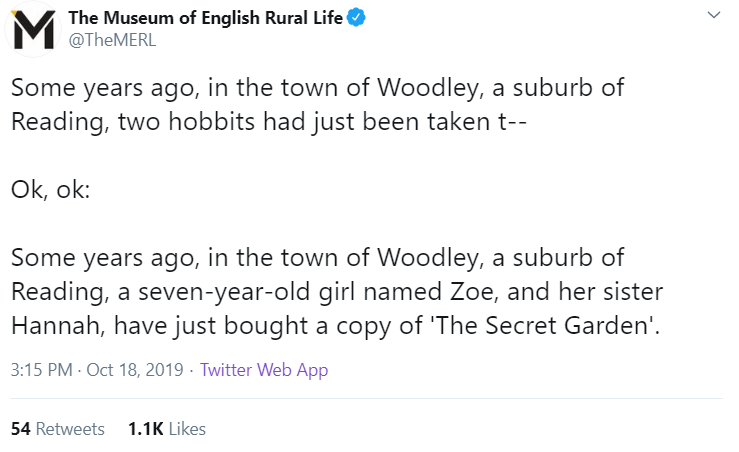
When planning out your story, don’t think you have to write everything in chronological order. Another great storytelling technique is to play around with time to tell the story in the most interesting way. By taking you back in time, it adds some depth and makes the story a much larger thing.
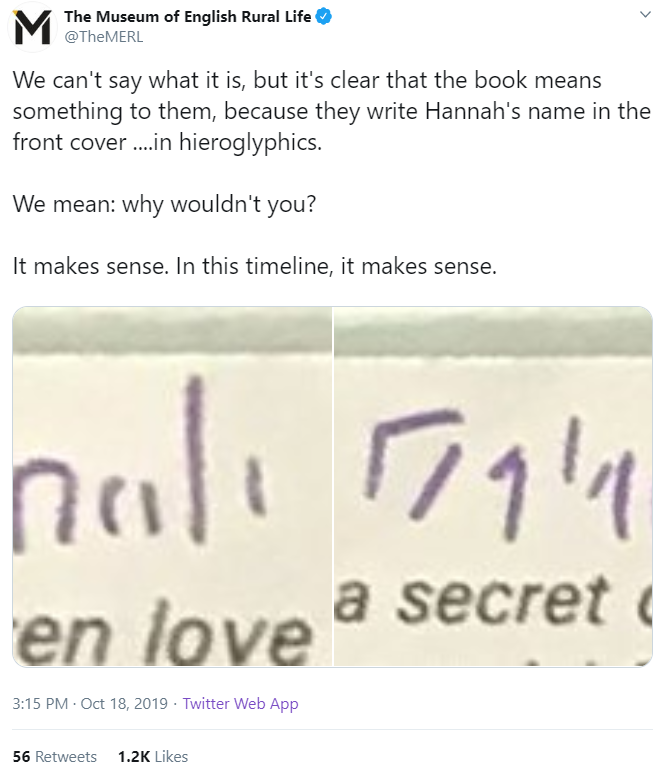
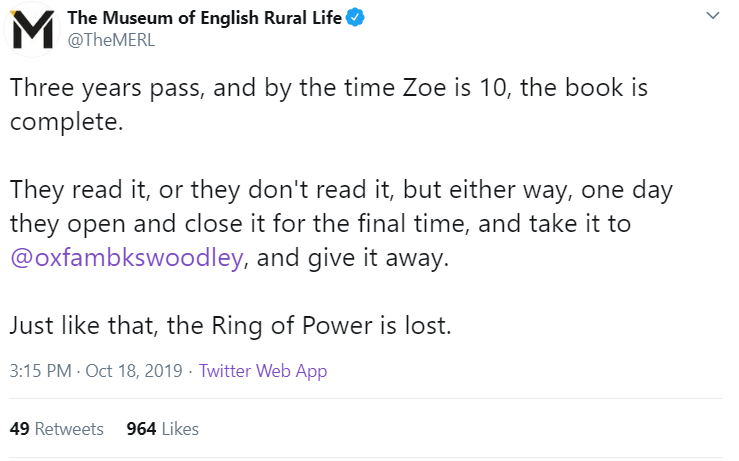
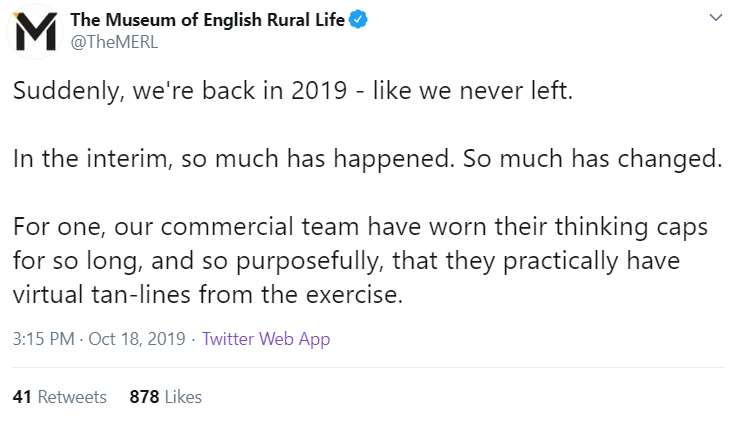
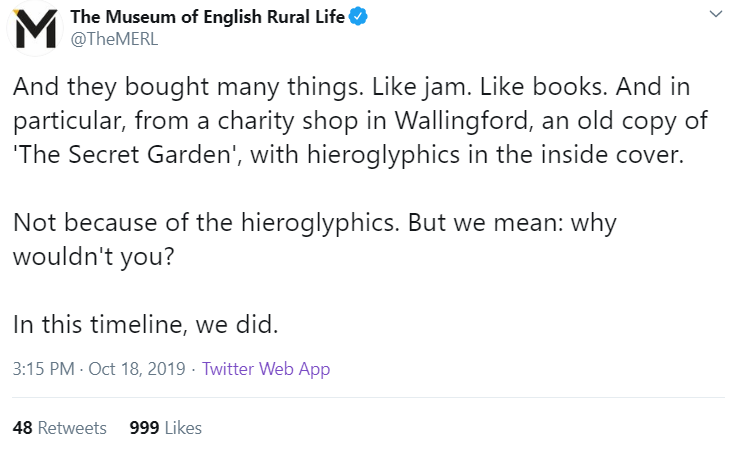
It’s also worth noticing the way the tweets are written in a very conversational style. It’s done in such a way that it feels like you’re hearing someone tell you the story; it feels like they’re speaking to you directly. It’s nothing like the broadcast style that many brands employ on Twitter. This style isn’t just good for threads: think about how you can write your tweets with one person in mind to make them feel more personal.
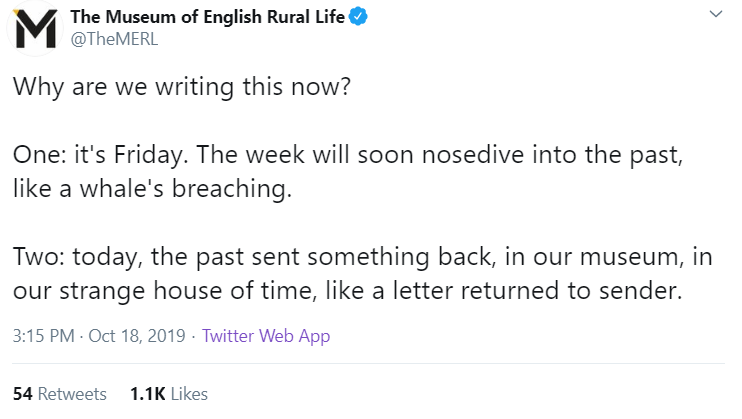
The almost poetic descriptions in the story give it a magical undertone and make you forget you’re reading a series of tweets. You’re reading something special and you can feel it. Again, the story could be told in fewer tweets, with less description but would it be as good a story?
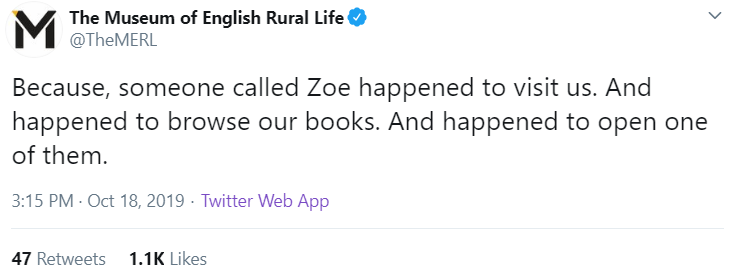
The Ending
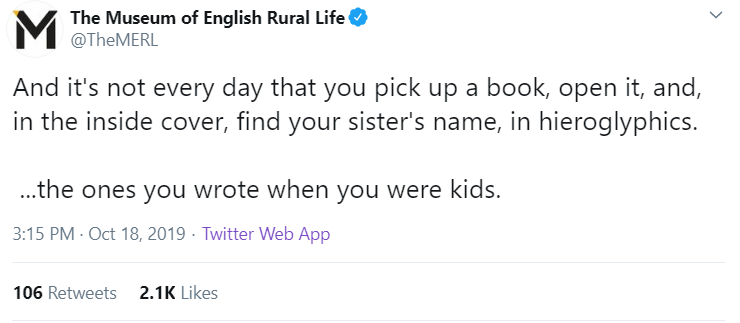
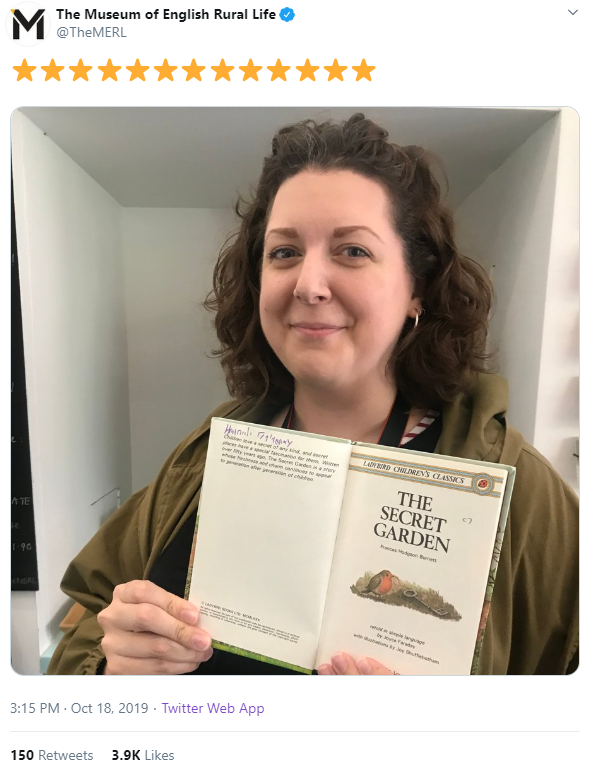
And finally, there’s a happy ending to the story. A girl reunited with a book in such an unexpected way. This end was worth reading to the end. All Twitter stories need a good ending – it’s the reward for stopping what you were doing to read it. You’ll notice as well that the final tweet didn’t need words to communicate anything. They were able to say all they needed to say with just a photo and row of emojis.
So you’ve seen how it’s done, here’s what you need to remember to create a great Twitter thread story:
- Pique interest at the beginning, don’t reveal everything at the beginning.
- Don’t forget to highlight that it’s the first tweet in a series. Tell people it’s a thread!
- Vary tweet length, think about how you want people to read it, can you add in pauses, breaks in text?
- Use pictures and emojis
- Give people a good ending
- And finally, @TheMERL make it look a lot easier than it is. Read as many story threads as you ca, try writing your story out first and experiment!
If you liked this story, why not check out another great thread from them about a discovery of a bat.
Got other examples of great Twitter threads? Share them in the comments below.
Hello
Thanks for the tips and insights that this article gave me.
You must be Proud !!
(I love your last name😆😆😆😆).
This was such a lovely article. Thank you so much.
Thanks for the blog.Really thank you!